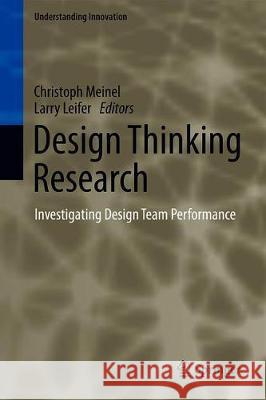Design Thinking Research: Investigating Design Team Performance » książka
topmenu
Design Thinking Research: Investigating Design Team Performance
ISBN-13: 9783030289591 / Angielski / Twarda / 2019 / 310 str.
Design Thinking Research: Investigating Design Team Performance
ISBN-13: 9783030289591 / Angielski / Twarda / 2019 / 310 str.
cena 645,58
(netto: 614,84 VAT: 5%)
Najniższa cena z 30 dni: 616,85
(netto: 614,84 VAT: 5%)
Najniższa cena z 30 dni: 616,85
Termin realizacji zamówienia:
ok. 22 dni roboczych
Bez gwarancji dostawy przed świętami
ok. 22 dni roboczych
Bez gwarancji dostawy przed świętami
Darmowa dostawa!
Kategorie:
Kategorie BISAC:
Wydawca:
Springer
Seria wydawnicza:
Język:
Angielski
ISBN-13:
9783030289591
Rok wydania:
2019
Wydanie:
2020
Numer serii:
000408351
Ilość stron:
310
Waga:
0.62 kg
Wymiary:
23.39 x 15.6 x 1.91
Oprawa:
Twarda
Wolumenów:
01
Dodatkowe informacje:
Wydanie ilustrowane











